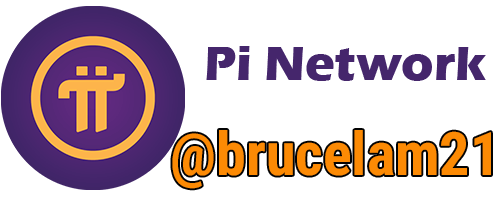
JSON to XML Converter
Simplify your data transformation with our online JSON(JavaScript Object Notation) to XML(Extensible Markup Language) converter. Fast and reliable!
The increasing use of diverse data formats in web development and various applications necessitates efficient data interchange methods. Two of the most commonly used formats are JSON (JavaScript Object Notation) and XML (Extensible Markup Language). While JSON is popular for its simplicity and ease of use, XML is favored for its extensibility and strict syntax. For those who work with both formats, converting between them can be essential. One practical solution is using an online tool like the JSON to XML Converter.
To use this converter, follow these straightforward steps:
1. Enter JSON Content: The first step in converting your JSON data to XML is to enter the JSON content. The tool provides a user-friendly interface where you can either type your JSON directly into the provided text area or paste it from your clipboard. Ensure that your JSON is properly formatted. An example of a well-formed JSON snippet might look like this:
{ "employees": { "employee": [ { "id": "1", "name": "John Doe", "role": "Developer" }, { "id": "2", "name": "Jane Smith", "role": "Designer" } ] }}The structure of JSON involves key-value pairs and can include nested objects and arrays, which allows for a hierarchical representation of data.
2. Press the 'Convert' Button: Once your JSON content is ready and correctly formatted, the next step is to press the 'Convert' button. This action initiates the conversion process. The tool processes the JSON data, transforming it into the equivalent XML format.
The conversion process involves mapping JSON structures to XML elements. Each key in the JSON object becomes an XML tag, and the corresponding value becomes the content of that tag. Arrays in JSON are converted into multiple XML tags with the same name, reflecting the hierarchical nature of both data formats.
Results: Convert to XML: After pressing the 'Convert' button, the tool will generate the XML representation of your JSON data. The resulting XML is displayed in a new text area, from which you can easily copy it for further use. Here is an example of what the converted XML might look like based on the provided JSON snippet:
<employees> <employee> <id>1</id> <name>John Doe</name> <role>Developer</role> </employee> <employee> <id>2</id> <name>Jane Smith</name> <role>Designer</role> </employee></employees>In this XML output, each JSON object is represented as an XML element. The key names in JSON become the tag names in XML, and the values are enclosed within these tags. Arrays in JSON translate to repeated XML elements.
Benefits of Using a JSON to XML Converter: The primary advantage of using an online tool like the JSON to XML Converter is its ease of use and efficiency. Manual conversion between these two formats can be error-prone and time-consuming. This tool automates the process, ensuring accuracy and saving valuable time.
Another significant benefit is the tool's ability to handle complex JSON structures. Whether your JSON data is a simple flat object or a nested structure with arrays and sub-objects, the converter can process it effectively, generating well-formed XML.
Additionally, the use of an online converter eliminates the need for installing and maintaining additional software. This accessibility is particularly useful for developers and analysts who need to convert data on the fly, often across different systems and platforms.
For those who frequently work with APIs, databases, and various data interchange formats, having a reliable JSON to XML converter can be invaluable. By converting JSON to XML, you can take advantage of XML's robust features, such as its support for schemas, validation, and its widespread use in enterprise systems.
Utilizing the JSON to XML Converter ensures that your data conversion tasks are handled swiftly and accurately, enabling seamless integration between different data formats and systems.









